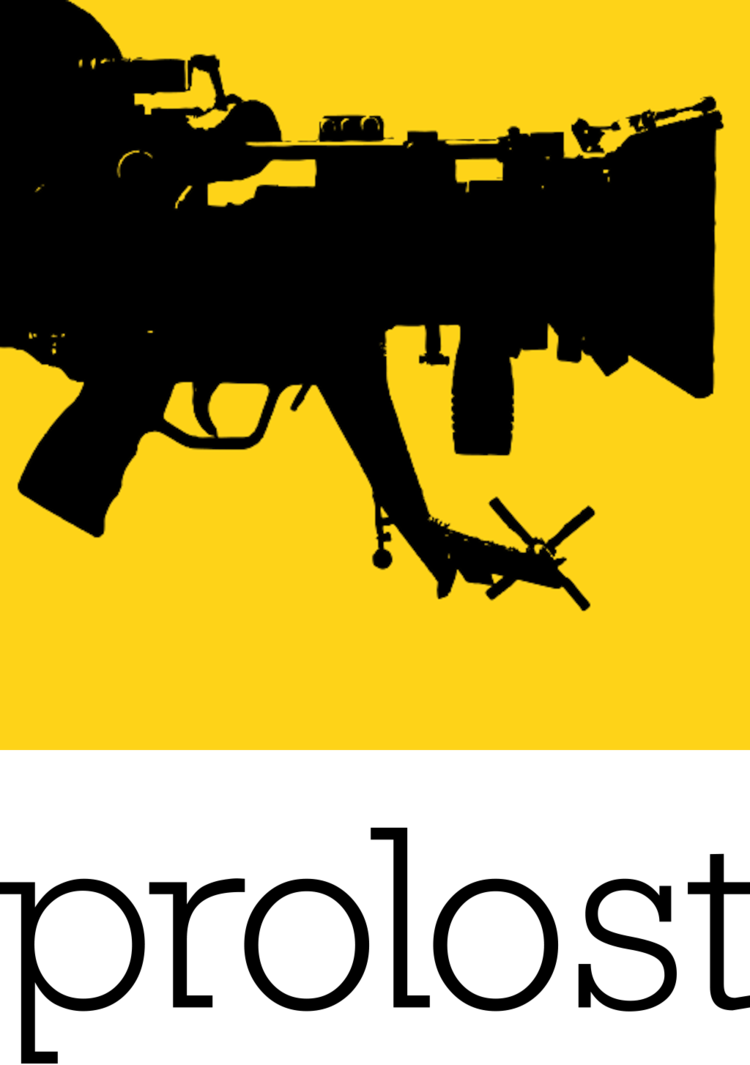Over a year ago I wrote The Film Industry is Broken, about how the increasing importance of both visual effects and digital color grading means that some of a film's most important visual decisions are being made blindly. I proposed that tools were needed to communicate complex color corrections between DI (Digital Intermediate) houses and visual effects facilities, and that the best-case scenario would be to integrate visual effects and DI so that the two processes could collaborate and evolve apace, throughout not only a film's post-production but also its production and pre-production.
I wrote that about a week before embarking on the adventure of The Spirit, a film on which I would get to put every one of those ideas to the test. We created, within The Orphanage's San Francisco offices, a secure mission-control for all the visual effects work on The Spirit. Based around a Nucoda Film Master grading station, “The Bunker,” as it came to be called, was where we performed the DI over the course of six months of visual effects shot production divided among ten facilities spanning the globe, integrating visual effects shot review and color correction into one seamless process. At all times, all participants had accurate and up-to-date color information about every one of their shots.
You can read a detailed article about this at VFX World. Here's an excerpt:
"As we were reviewing the shots, we were viewing them in the context of the ever-evolving cut of the movie. We'd get EDLs passed up from creative editorial in L.A. and we would stay in sync with the current cut. Every submission from every vendor would get dropped into a full 2K timeline that was being color-graded on the fly. In that sense, we merged the DI process and the visual effects shot review process into one, as opposed to the traditional, and painful way of doing it, which is that you final all your visual effects shots and then you go into the DI. This was the ultimate win/win of post. We not only achieved a huge amount of efficiently, which enabled us to do 1,900 shots on a budget in six months but it was the right thing to do creatively for the film. The look of the film is so significant, and we weren't making decisions blind. The Bunker's technology backbone is such that we can pre-color correct a shot and compact that correction into a look-up table (LUT) which we can share with the vendor. The vendor can bake that color correction into their QuickTime dailies that we review using cineSync software, but then they can deliver the shot to us uncorrected and we can reapply that correction in the DI so we have the ultimate flexibility to change it if we want to. But we also have a trust relationship with the vendor and they know that the way we have been looking at the shot the whole time is a faithful representation of what it's going to be."
Read the whole article here. It's mighty good—and yet there's more to it that I hope to blog on soon. See, the process of tying visual effects review and DI together turned out so much better than I'd dreamed it could, and it taught me some very important things about what matters in effects work. Stay tuned!


